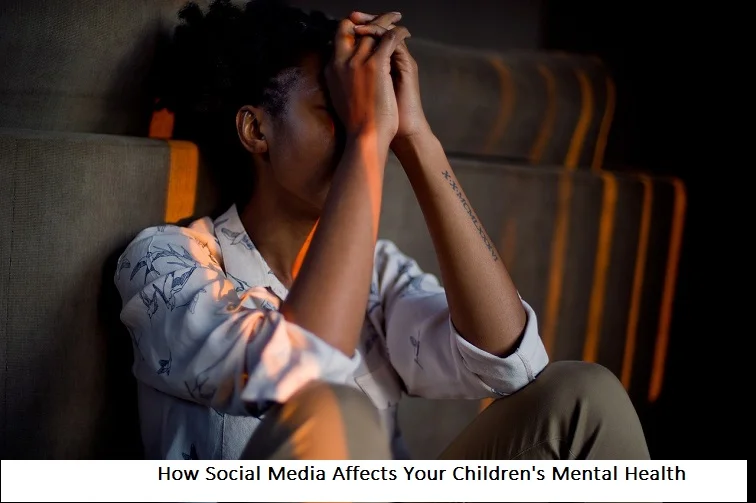+1 845 259 2974 (11 a.m to 7 p.m CST)
Teens Smoking-Reasons and Solution with Smart Parenting

Teen smoking remains a critical issue, with many adolescents lighting up for the first time before reaching adulthood. Despite a decline in smoking rates over the years, the allure of cigarettes persists among young people. The reasons are complex, ranging from peer pressure to the portrayal of smoking in the media. This habit not only endangers their health, increasing risks for heart disease, lung problems, and cancer, but also sets a precedent for other risky behaviors.
Families play a pivotal role in combating this dangerous trend. When parents are involved and attentive, they can significantly influence their children’s decisions about smoking. Discussing the dangers of smoking, setting clear rules about not smoking, and maintaining open lines of communication are essential. By addressing teen smoking within the family, parents can lay a strong foundation for healthier choices and help steer their children away from smoking. This proactive approach is crucial in the fight against teen smoking.
Why Do Teens Smoke?
There are many reasons that can lead to this dangerous habit, here are a few that parents need to know about:
Peer Pressure and Social Influence
The teenage years are a time of heightened social sensitivity, where the opinions and actions of peers can heavily influence behavior. Peer pressure can push a teen towards smoking to gain acceptance or avoid rejection from their social group. The drive to conform can be powerful, and in environments where smoking is common, the likelihood of a teen starting to smoke increases.
- Influence from Friends: Many teens start smoking due to peer pressure, wanting to fit in or seem cool among friends.
- Media Impact: Social media and movies often depict smoking as glamorous, influencing teens to emulate these behaviors.
Stress and Coping Mechanism
Teenagers often face significant stress, from academic pressures to social challenges. Without effective coping mechanisms, some turn to smoking as a stress reliever. This behavior is reinforced if they perceive immediate relief from nicotine, making it a go-to solution in stressful situations.
- Handling Pressure: Adolescents may use smoking as a way to deal with stress from school, relationships, or family issues.
- Escape from Reality: Smoking can be seen as a quick escape, offering a temporary relief from daily pressures.
Curiosity and Experimentation
Curiosity plays a significant role in teen smoking. Adolescents are at a stage where they are exploring their identity and testing boundaries. The forbidden allure of smoking can tempt teens to experiment, particularly if they see adults or role models using tobacco.
- Trying New Things: The desire to try new things and explore personal limits can lead teens to experiment with smoking.
- Influence of Older Role Models: Teens might be influenced by older role models who smoke, viewing it as a more 'adult' behavior.
What Can Parents Do?
Parents have a crucial role in preventing their teens from smoking, and it starts with open communication and being a good example.
Open Communication about the Dangers of Smoking
It’s essential for parents to talk openly about the risks associated with smoking, including health problems like lung cancer, heart disease, and respiratory issues. Discussions should also cover the addictive nature of nicotine and how it can lead to other poor health choices. By being honest and factual, parents can demystify smoking and equip their teens with the knowledge to make informed decisions.
Setting a Good Example
Teens are observant and often mimic the behavior of their parents. If parents smoke, their children are more likely to start smoking themselves. By not smoking or quitting smoking, parents not only improve their own health but also set a powerful, positive example for their children to follow. Demonstrating healthy coping strategies for stress can also guide teens towards better choices.
Smart Parenting Solutions
In today’s digital age, parental control apps are valuable tools for parents aiming to monitor their teen’s activities. These apps can provide insights into who teens are communicating with, what they are viewing online, and where they spend their time.
Setting Boundaries and Consequences: It’s crucial for parents to establish clear rules about not smoking. Discussing the consequences of breaking these rules, such as loss of privileges or extra chores, can reinforce the importance of these boundaries. Consistency is key in enforcement, helping teens understand the seriousness of the rules set forth.
How Parental Control Apps Can Help
Parental control apps offer a variety of features that can aid parents in preventing teen smoking. Location tracking ensures parents know where their teens are, which can deter visits to places where they might be tempted to smoke. Internet monitoring helps parents keep an eye on their teens' browsing habits and block content that glorifies or encourages smoking.
Benefits of Using These Tools in Preventing Smoking: Using parental control apps can help in early detection of potential problems, such as communication with peers who smoke. Knowing the social circles and habits of their teens allows parents to intervene appropriately and discuss specific concerns. These apps also promote a safer digital environment, reducing the risk of exposure to harmful influences encouraging smoking.
Other Preventive Measures
Educational Programs and Counseling: Schools and community centers can play a proactive role by providing educational programs that highlight the dangers of smoking. These programs, often supported by visual aids and real-life testimonials, make the consequences of smoking more tangible. Counseling services can also offer personalized support and strategies for teens struggling with the pressure to smoke.
Involvement in Extracurricular Activities: Engaging teens in sports, arts, clubs, and other extracurricular activities can reduce the likelihood of smoking. These activities not only keep teens busy and out of trouble but also help them build self-esteem and coping skills in healthy, productive ways.
Parents and educators can play a critical role in preventing teen smoking through open communication, setting a good example, utilizing smart tools like parental control apps, and encouraging involvement in extracurricular activities. Education and counseling also provide essential support, equipping teens with the knowledge and skills to resist smoking. Parents are encouraged to be proactive and informed, consistently applying these strategies to guide their teens towards a smoke-free future.























